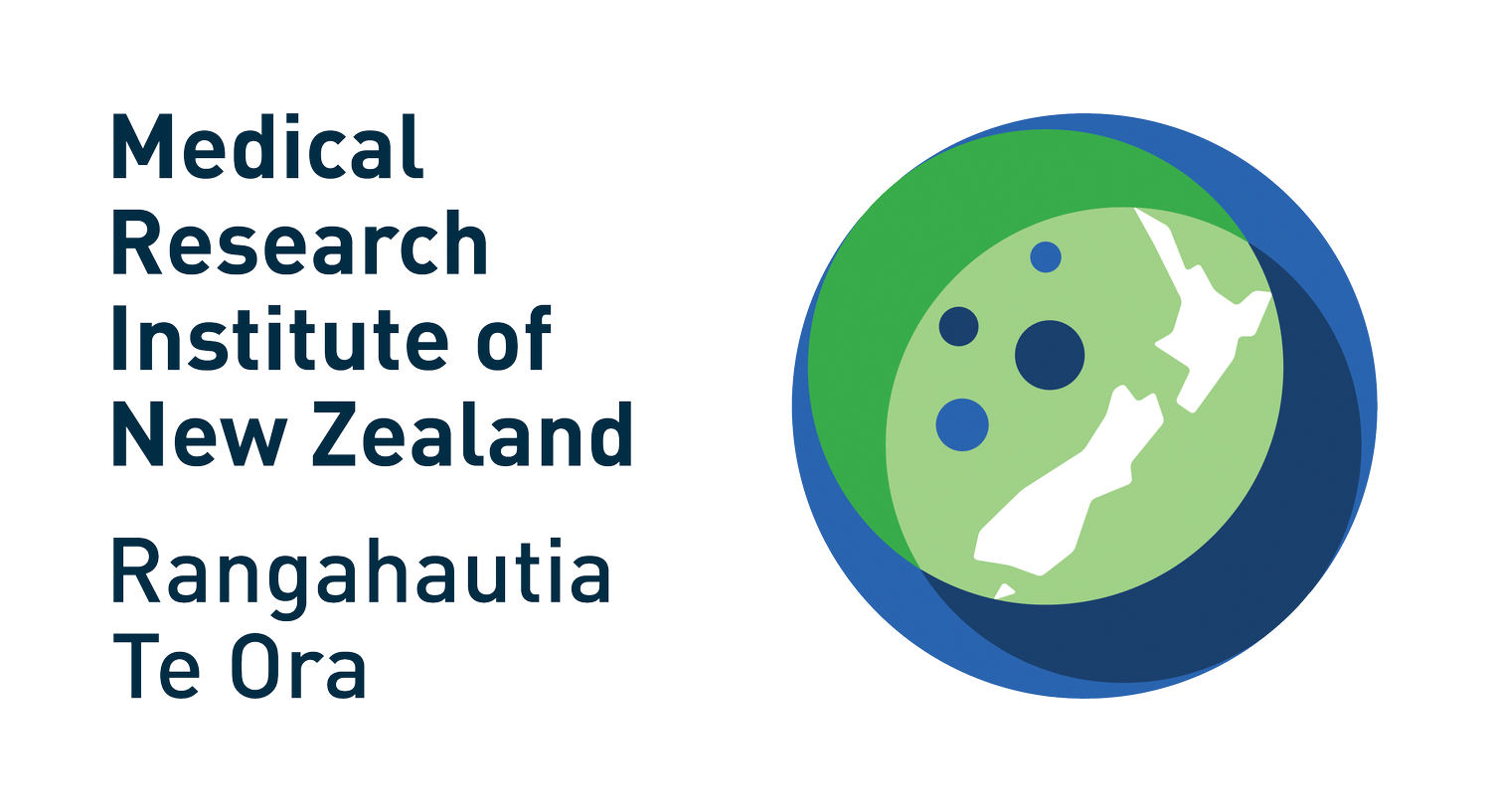"Swimming between the flags" - prescribing oxygen safely for patients with COPD
Our cells need oxygen to survive. When there isn’t enough oxygen reaching our cells (hypoxia), problems like heart attacks, strokes, and poor healing are some of the well-known problems that can result. It is less well known that getting too much oxygen (hyperoxaemia) may also be harmful. This can reduce blood flow through the heart and brain, result in lung collapse, increase blood pressure, and directly injure tissues as free radicals build up.
“Swimming between the flags” is a treatment concept for how we give oxygen therapy to critically ill patients who need it. It means giving patients as much (or little) oxygen as needed to keep their blood oxygen saturation (SpO2) within a safe target range.
Schematic figure of the ‘swimming between the flags’ treatment paradigm, in which oxygen is administered only if necessary to relieve hypoxaemia, and then at a fractional inspired oxygen (FiO2) that keeps the oxygen saturation within a target range. In COPD exacerbations the optimal oxygen saturation target is 88%–92%. The curve has been derived based on the findings of Echevarria et al.
The above curve has been derived based on the findings of Echevarria et al (link) who recently published research demonstrating the association of mortality and supplementary oxygen for hospitalised patients with COPD. Members of the MRINZ team have published a letter in response, applying derivations from this data to the ‘swimming between the flags’ concept (above). This illustrates the safest target oxygen saturation range (88-92%) for patients with COPD. Interestingly, the increased mortality from having oxygen saturations outside of this range applied to all patients with COPD, not just those with hypercapnia (high carbon dioxide in the blood), as was previously thought.
You can read the full paper in the Emergency Medicine Journal here: http://dx.doi.org/10.1136/emermed-2020-210749


